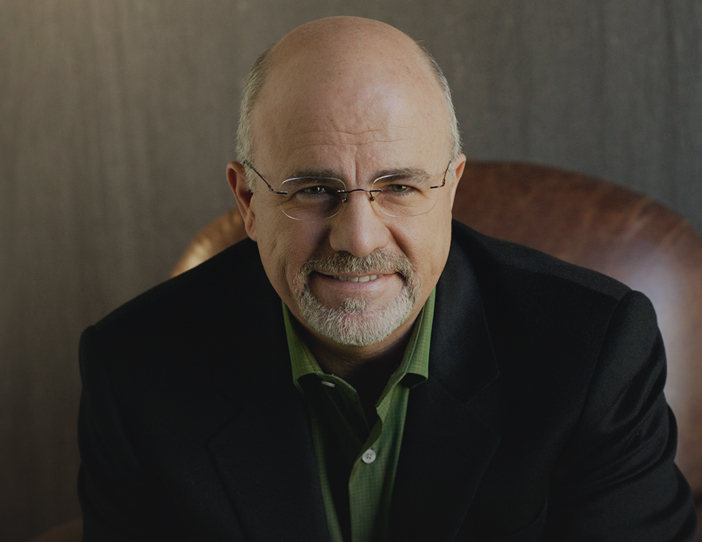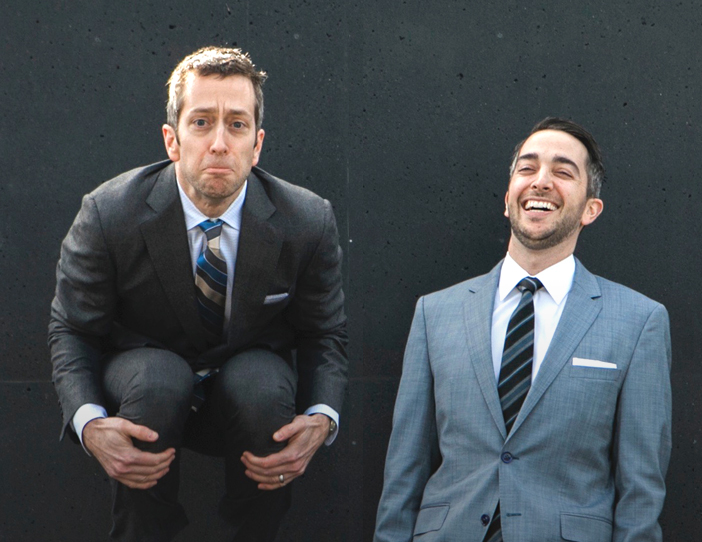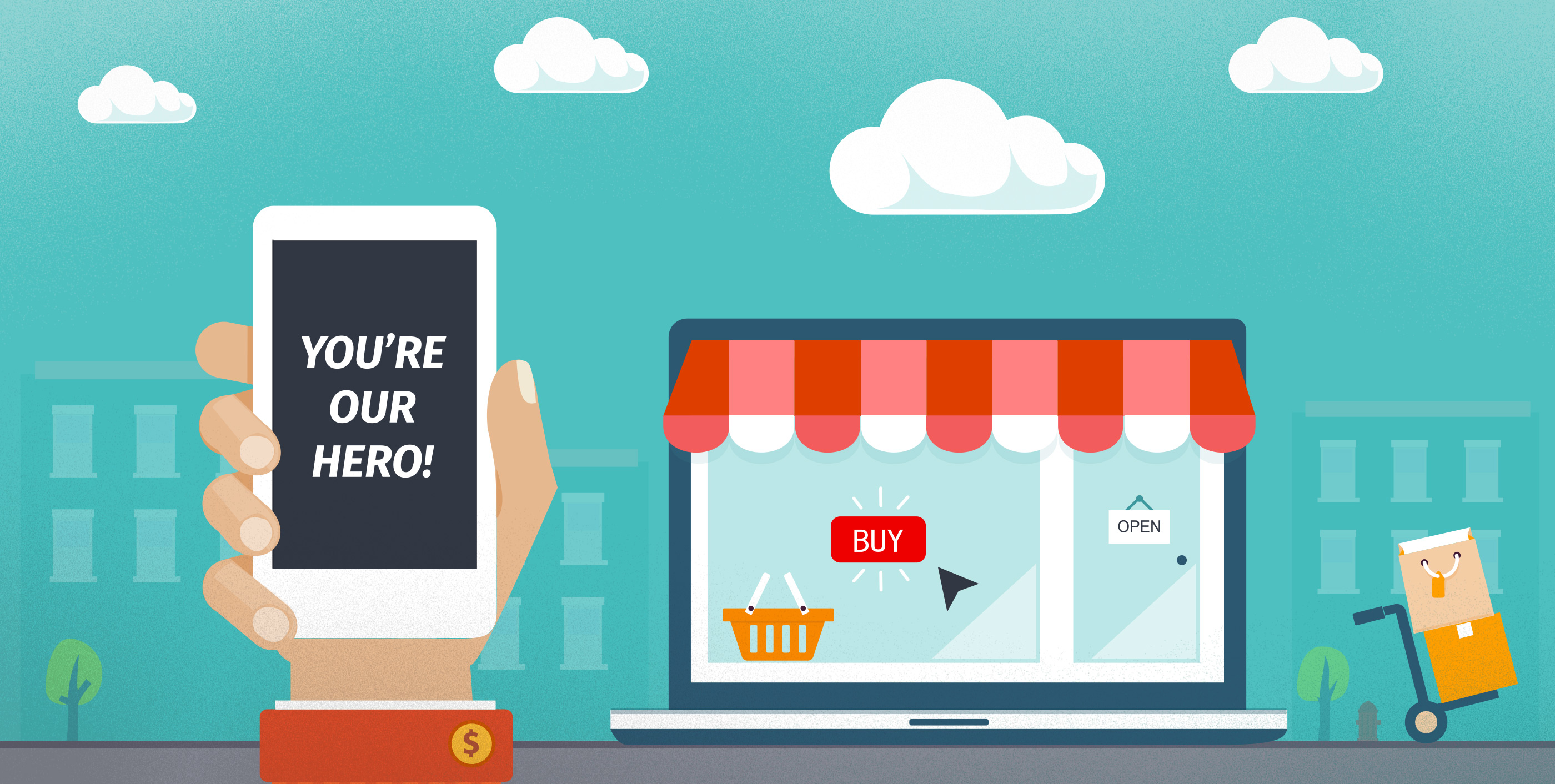
When you come to a StoryBrand Live Workshop, here’s a major paradigm shift you’ll discover:
The customer is the hero of our brand’s story, not us.
When we position our customer as the hero and ourselves as their guide, we will be recognized as a sought-after character to help them along their journey.
In other words, your audience is Luke Skywalker. You get to be Yoda.
It’s a small but powerful shift. This honors the journey and struggles of our audience, and it allows us to provide the product or service they need to succeed.
Our natural inclination is to make our own brand the hero. Copy like this is pretty common:
We’ve been the Tri-Lakes irrigation leader since 1989!
We are a world class web design agency, committed to great strategy and craft.
We make the world’s best cup of coffee.
That kind of language creates a disconnect with your customers that’ll show up in your bottom line. According to Deloitte and Touche, customer-centric companies were 60% more profitable compared to companies that were not focused on the customer.
If you need help pivoting your messaging so your customer is the hero instead of your brand, we’ve collected five of our favorite examples of customer-focused marketing collateral to get you inspired:
Fidelity Bank
Fidelity Bank is a great, straightforward example of making the customer the hero instead of the brand.
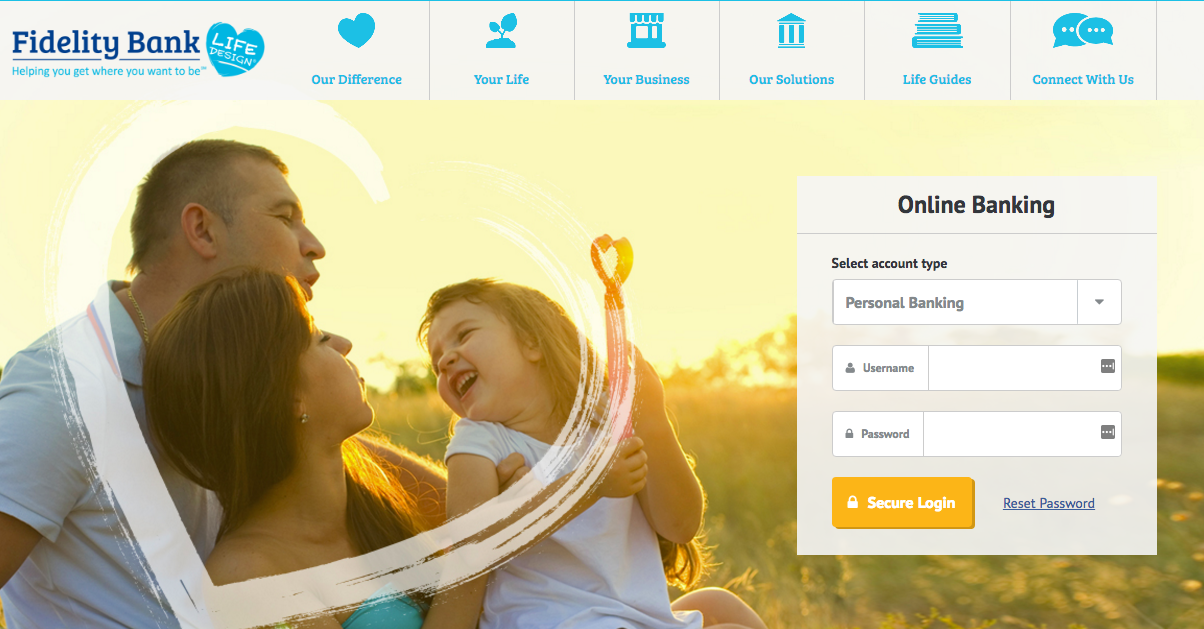
In the creative, you don’t see an image of a bank. You see a happy, thriving family.
And then there’s the tagline, which is focused on tme customer’s desires:
“Helping You Get Where You Want to Be”
Imagine your customer is a hitchhiker. You pull over to give him a lift, and the one burning question on his mind is simply, “Where are you going?”
But as he approaches, you roll down the window and start talking about your driving philosophy, or the fact that your grandfather built this car with his bare hands, or that your road trip playlist is all 60’s rock. This person doesn’t care. All he wants to do is get to San Francisco!
The goal for our branding should be that every potential customer knows exactly where we want to take them. Fidelity offers to take customers “where they want to be” in terms of their financial goals and dreams for their family.
The takeaway: If you randomly asked a potential customer where your brand wants to take them, would they be able to answer? Your brand will almost certainly grow when you define a desire for your customers.
Under Armour
You may have seen this masterful ad from Under Armour during the Rio Olympics this summer. In it, Michael Phelps is the hero as we get glimpses into his relentless training regimen.
Like every hero, Michael Phelps is trying to overcome a problem — returning for his fourth and final Olympics with something to prove after years of personal turmoil. We see him powering through the intense struggle of training, with his Under Armour Gear supporting him at every turn.
Every hero in a story has a problem. Luke Skywalker has to blow up the Death Star. Katniss needs to not die in the Hunger Games.
Your customer has a problem, too, as it relates to your brand. Their wardrobe doesn’t give them confidence. Their kitchen cabinets are outdated. Their company finances are a mess.
How can they solve their problem? In the movies, a guide comes along and helps the hero overcome their struggles and save the day. Luke finds Yoda. Katniss gets coached by Haymitch. And it’s no accident — nearly every human being is looking for a guide (or guides) to help them win big.
Like Under Armour does here, position your brand as the guiding support your customer needs to conquer their problems and live a better life.
The takeaway: If your customer is the hero, what’s the problem they’re facing that you, as their guide, can help them overcome?
LEGO
This isn’t a new strategy. Check out this vintage ad from the always-progressive LEGO:
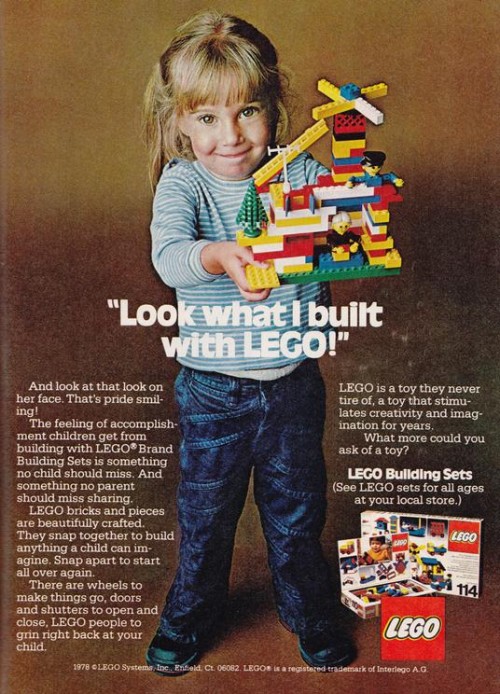
“Look What I Built With LEGO.”
The focus is here is all about this girl’s creativity and accomplishment — which just so happened to involve LEGOs.
Parents are already guides who want to help their kids be the hero. LEGO smartly aligns its messaging with parents. This line from the copy captures it well:
“The feeling of accomplishment children get from building with LEGO Brand Building Sets is something no child should miss. And something no parent should miss sharing.”
Like LEGO, paint a picture for your customers of what’s possible for them, their lives, or their businesses when they choose your product or service.
The takeaway: What impressive things can your customers do when they use your product or service? How can you highlight them?
Vanderbilt MBA
This ad for Vanderbilt’s MBA program caught our eye in the Nashville airport.

They’re featuring a powerful quote from one of their students:
“They didn’t brag about how far they could take me. They asked where I wanted to go.”
Most MBA programs spend their marketing space boasting about their rankings, programs, and successes. Those tactics created a disconnect for this student. She chose Vanderbilt because they focused on her goals and success.
She captured so beautifully, from a customer perspective, how compelling it is when a brand made her the hero.
That’s how you can make your customers feel, too.
The fact that Vanderbilt turned around and made that very quote into more marketing material is meta-level brilliant.
The takeaway: Show off your existing customers and how they’re winning big. It makes it easy for prospective customers to see how you can help them, too.
BMW
BMW’s slogan here is “Sheer Driving Pleasure” — language that appeals to the emotions of their customer.
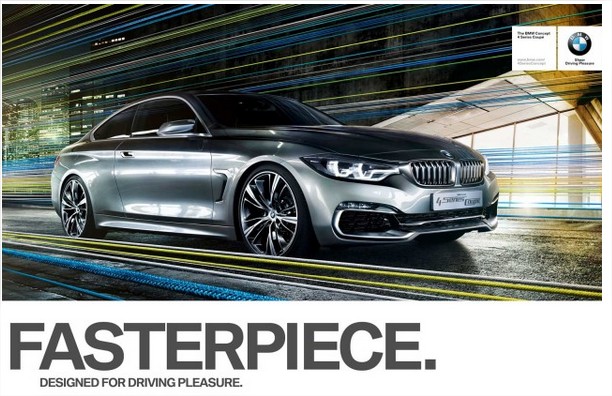
It’s an international ad, where it appears they’re moving away from their longtime tagline: “The Ultimate Driving Machine.”
Here’s why I like the change. By highlighting the product, “The Ultimate Driving Machine” puts all the attention on the company. BMW is the hero.
“Sheer Driving Pleasure” shifts the focus. It’s not the product. It’s the experience you, the customer, will have with the product.
The takeaway: When you talk about your company’s strengths, make sure you’re putting them in terms that clearly communicate the benefit for your customer.
—
It’s harsh, but your customers don’t really care about your business beyond how it can help them solve a problem and make life better. The sooner you realize this and embrace it, the sooner you can show customers how much you can help them.
I hope these examples get you inspired to consider how to shift your marketing to make your customer the hero. I know you’ll see great results when you do.
Want More Insights Like This?
Come to a StoryBrand Live Workshop and learn our proven seven-part framework. You’ll be able to create powerful customer-focused messaging that drives sales. As one alum said, “I would trade this workshop in for all the marketing college courses I ever had to take.” Hurry! Seats are limited.

